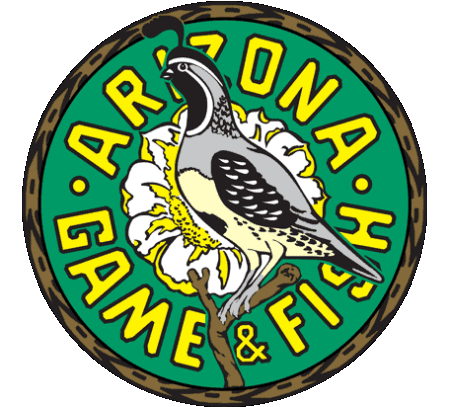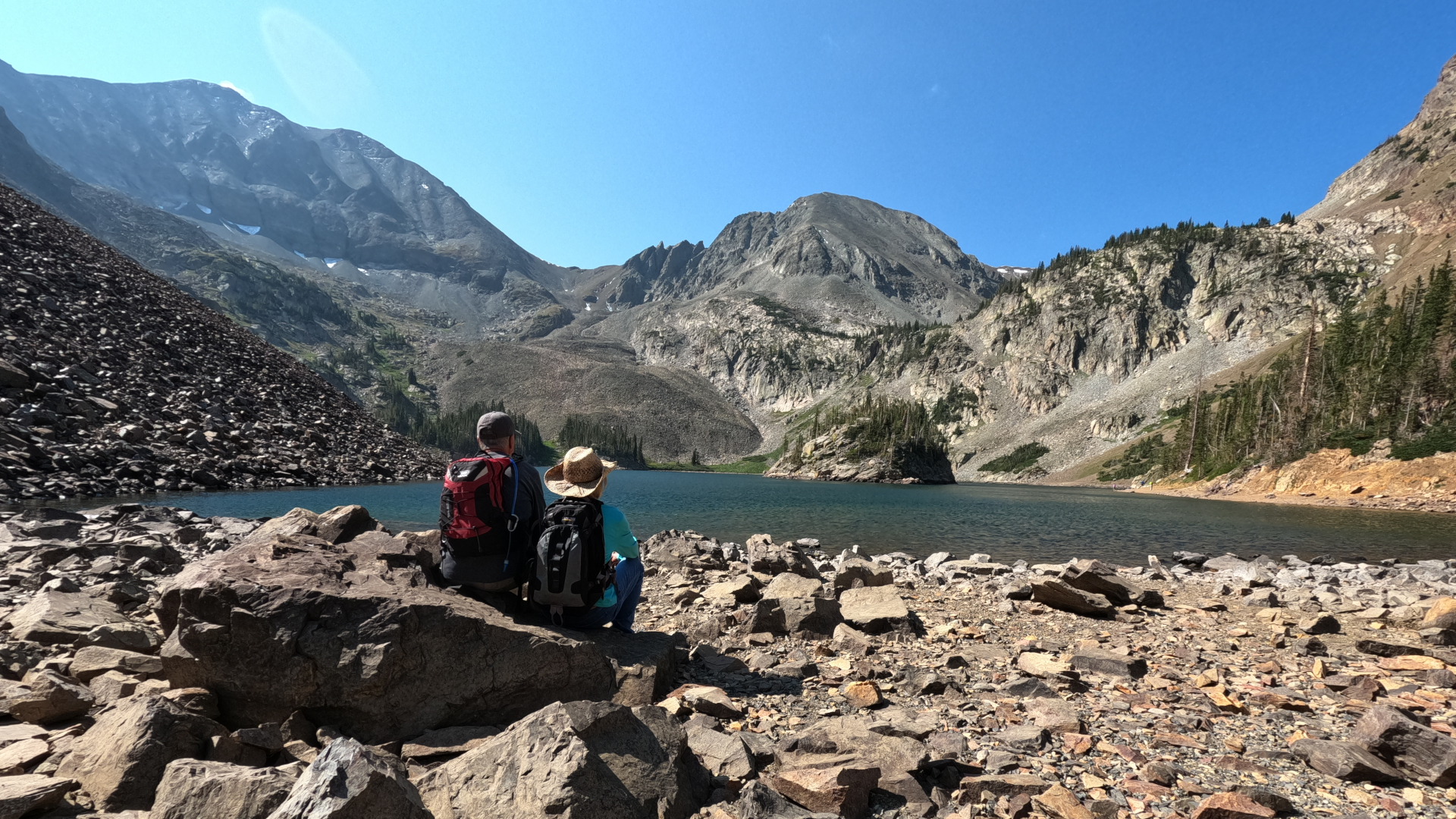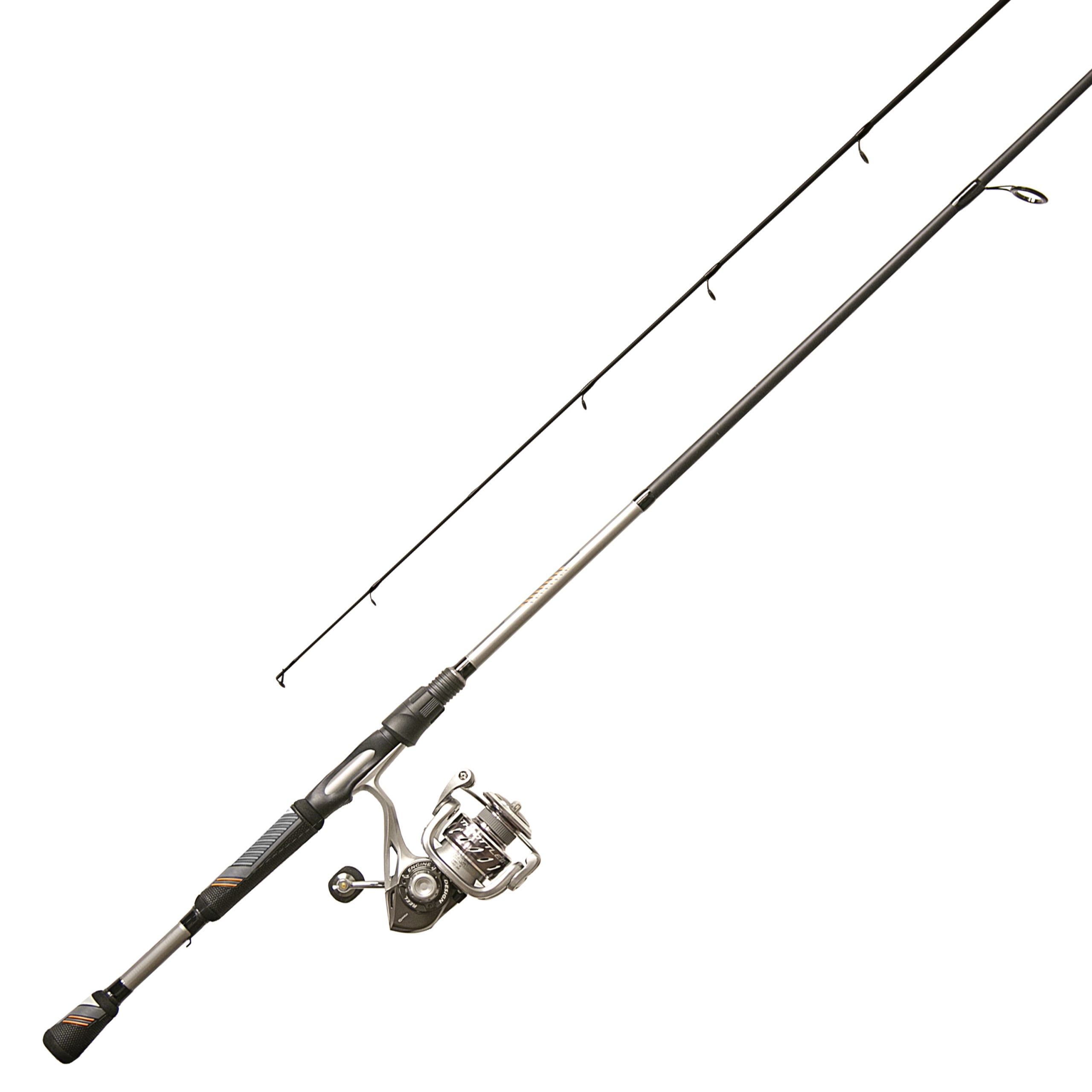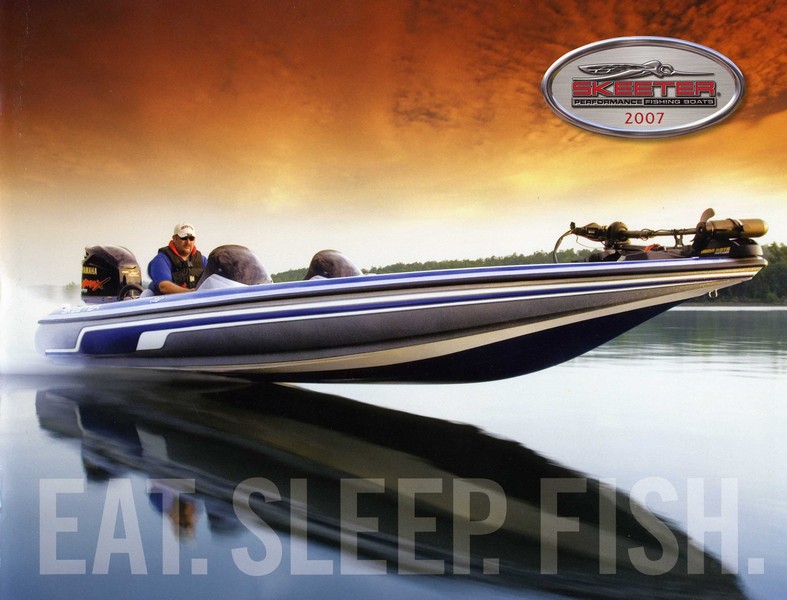Aquatic vegetation affects every fisherman in every body of water. It attracts fish seeking shelter and harbors food for fish. It generally serves to clear the water and improve the quality of the water.
I spoke to several fishermen, both professional and weekender fishermen, about aquatic vegetation, and got a variety of responses. Most of the anglers I spoke to praised aquatic vegetation and expressed the need for more of it in east Texas lakes.
Larry Newbury is a boater and fisherman from Houston. He would like to see more aquatic plantlife in the lakes he fishes, which includes Lake Conroe. He says, “aquatic vegetation is good for the bait fish and the small fingerling bass.”
Hydrilla is what most readily comes to mind when anglers talk of aquatic vegetation, but Newbury says there are other types, like coontail moss and duckweed, that are just as good for the fishing and can improve the water quality.
Newbury says he fished on Lake Conroe years ago, “when it was a good fishing lake.” He stopped fishing here eight years ago. “This is a party lake now.”
Geneva Carroll is an angler from Louisiana. She feels that aquatic vegetation has a value in the lake. She feels that “it can improve the ecosystem of a lake.”
Mrs. Carroll moved to east Texas in August of ‘93 and she’s sorry to say that Louisiana lakes has some better ecosystems to offer.
Woody Woodrow is a biologist working with the Texas Parks and Wildlife Department, and he agrees with Mrs. Carroll. He says, “aquatic vegetation is important for maintaining biological diversity and aquatic ecosystem health.”
Woodrow is also a fisherman, and while aquatic vegetation can be a hindrance to fishing, he finds that he can almost always find fish there.
However, he says, “too much vegetation can cause stagnant water and low dissolved oxygen problems due to decomposing plant matter, and that’s not good for fishing.”
Waterhyacinth is one aquatic plant Woodrow points to as a problem plant. This plant tends to multiply into dense mats that completely cover the water’s surface. He says, “waterhyacinth impedes the transfer of oxygen from the atmosphere to the water. It also affects the amount of sunlight that breaks through, which affects underwater life.”
Lake Sam Rayburn seems to have solved the problems of these troublesome aquatic plants while preserving its ecosystem, according to Gary Brown of Conroe. He and his family like to fish Lake Sam Rayburn because “bass can find places to hide.”
This seems to be the greatest benefit of aquatic vegetation to the anglers I spoke to. David Covey, owner of Anchorage Marina on Lake Conroe, feels sure that there is an aquatic plant that can provide shelter for bass, while not becoming a nuisance to boaters.
Covey says, “I hear both sides. I understand the problems boaters have with the underwater plants, but I also understand the needs of the fishermen.”
Since the recent measures taken by citizens around the lake to rid the lake of Hydrilla, which Covey says in all fairness was becoming overgrown and a nuisance, Lake Conroe has developed other problems. Or so say the fishermen.
Apparently, all the plants in the lake were effectively eradicated, leaving no place for fish to hide or find food. The absence of aquatic vegetation of any kind has caused the water quality to become poor, says angler Jesse Garcia of Houston.
“Recreational boaters like [the lake] just the way it is,” says Covey, “but the water has never been so clear as it was with Hydrilla [in the lake]. Now you really can’t see more than a foot or a foot-and-a-half.” Covey wishes there was a happy medium between having Hydrilla and having no aquatic vegetation at all.
Bill Cannan is a fishing guide on Lake Conroe. He thinks we definitely need “some type of vegetation on Lake Conroe.” He says Little Lake Creek and Weirs Creek have vegetation in the form of waterhyacinth. This is the only form of aquatic vegetation he has found on Lake Conroe recently.
“The best kind of vegetation that I know of for fishing is Hydrilla,” Cannan says. “It filters the water (makes it clear), it gives the bait fish a place to hide and in general gives all the game fish a refuge. In most lakes it provides a successful backbone for underwater ecosystems.”
All in all, I think it’s fair to say that the fishermen of this area speak favorably of aquatic vegetation. But the recreational boaters tell a different story.
Tom Lee is a boater from Houston. He curses “the duckweed that fouls the intake filter on my outboard motor’s cooling system and prevents it from operating properly.”
I also spoke to a petroleum engineer with operations in the southern Louisiana marshes. He says, “the biggest problem with aquatic vegetation like waterhyacinth is that it chokes off the canals and bayous and restricts or eliminates boat traffic. It affects not only recreational, but also commercial traffic.” – Lake Mohave
– Lake Mohave








0 Comments